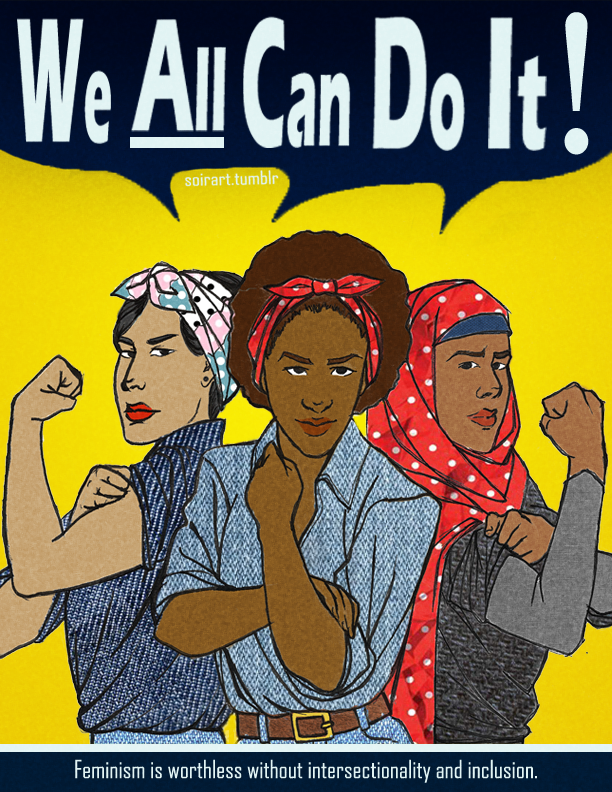Before I get started with writing about mujeres in México I would like to explain an important concept called intersectionality. As an international relations major I feel the need to tell people about my favorite theory.
Identity is crucial in learning about international relations (IR) because it paints a picture of an individual. We constantly judge or perceive people by their national, ethnic, racial, gender, class, sexual ,or religious identity. An important theory of identity in IR for women of color is intersectionality. Intersectionality is the intersections of identity in race, class, and gender as they apply to a given individual or group, regarded as creating overlapping systems of oppression (Figure 1.) Some of the questions that we may be thinking is why should women of color care about the theory of intersectionality and what is the history behind this? How does this theory relate to IR?
 |
| Figure 1. A Diagram of Intersectionalty intersecting an individual. Please note that these are not all the identities out there that can cross an individual. |
 |
| The caption in the bottom says: Feminism is worthless without intersectionality and inclusion. |
The second wave feminism marginalized poor women and women of color. Chicana, Black, Lesbian, and Third World feminist of second wave feminism stated that the wave of feminism that they had experienced had a huge error on identity politics. The second wave of feminism created the illusion that their is one fixed identity. Intersectionality is important because it shows how a problem that a white, straight, middle class women have might not be the same as a Chicana, queer, low income women. It is okay to have these differences in intersections but one can not assumed anything of it. As human beings we have more than one identity. No one is fixed in stone and thus assumptions of countries should be look at more than their identity one has given them. Women of color in international relations should value these intersections of identity and challenge those who oppressed the intersections.
Sources:
Global Politics: A New Introduction Textbook in Chapter Five (Who do we think we are?) by Annick T.R. Wibben
Mapping the Margins by Kimberle Crenshaw
